Investments in construction are an important element of economic policy for the effective development of each city and the whole country. Investments - cash injections into the construction industry, providing further expansion, reproduction and maintenance of capital. The process of investing consists in the transition of free finance into various forms of wealth accumulation from those who have them in abundance to those who need them.
Investing in construction is currently a resource flow in order to increase the volume of capital in subsequent periods. Subjects of investment for profit and benefits after the launch of the investment plan into action wait a certain period.
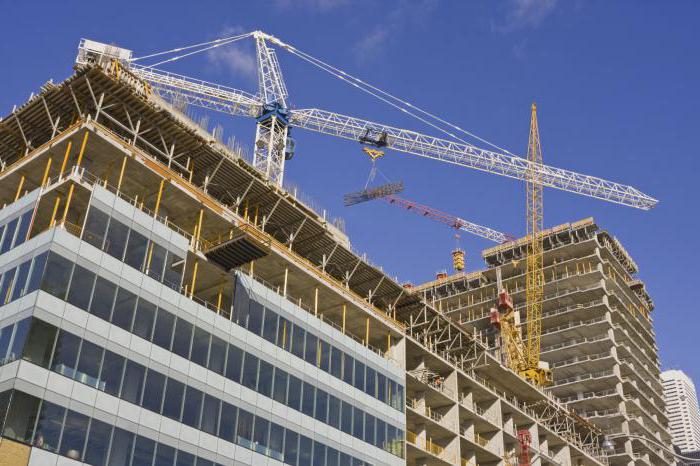
Types of investments
Investment financing has two varieties: real and financial.
Large cash injections into fixed assets, construction, reconstruction, re-equipment and expansion of various economic objects belong to the group of real financing. Such capital investments carried out by state bodies and private corporations.
The state finances the facilities, for this it carries out the justification of investments in construction, contributions are directed to subsidized manufacturing industries. Social facilities and low-income enterprises are subject to financing. External and internal loans, taxes, revenues of state enterprises, and the introduction of new volumes of money supply are used as a source of state investment.
Private financing of investments is carried out through the use of retained earnings, depreciation charges within the enterprise. Private lenders are allowed to make investments in construction by attracting other people's finances in the form of obtaining loans or simulating securities.
Financial investment in construction involves the purchase of securities from the owner, who is the owner of the construction. Such investments give investors the right after the completion of construction to receive income in the form of dividends or interest in addition to the nominal value of securities.
Capital construction
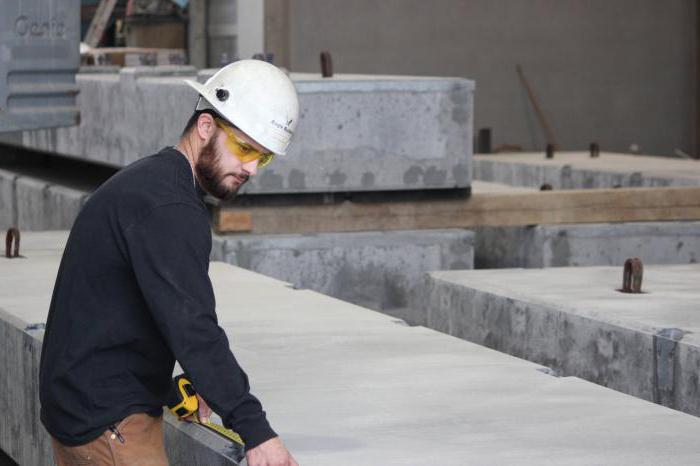
Construction, as an industry, is responsible for the construction, refurbishment, reconstruction of structures in various fields of economic activity. In a more generalized concept, construction is seen as a combination of science, architecture and production. As a result of construction production, products arise, including residential and public buildings, special-purpose buildings, industrial complexes and separate premises, transport and communication lines.
Distinctive features of capital construction
In connection with the characteristic activity of manufacturing products, capital construction has a number of distinctive features from other industries:
- construction and installation departments, organizations as a result of activities issue finished products in the form of fixed and fixed buildings in a certain territory;
- production assets of a construction organization in the form of active equipment, tools and devices is of a mobile nature;
- the production cycle takes a long period, from two to three months to several years;
- Global construction projects are being built most often in open areas, fresh air, sometimes in difficult climates.
Effective investment spending measures
With a significant decrease in the volume of incoming capital deposits, it is recommended to rationally spend the already existing resources.
Investors are selected on a competitive basis in the form of tenders. On the activities of managers and decision-makers on the conclusion of the contract, job restrictions are imposed. A transparent scheme is being developed to finance construction projects, controlled by government services, business owners, creditor banks, and members of the public. This becomes a guarantee measure for the effective spending of investment finance.
For the control phase, it is important to correctly evaluate participating investment projects, based on a comprehensive review of financial analysis and market dynamics research results. Prices, interest rates, exchange rates determine the method of researching the effectiveness of each investment project.
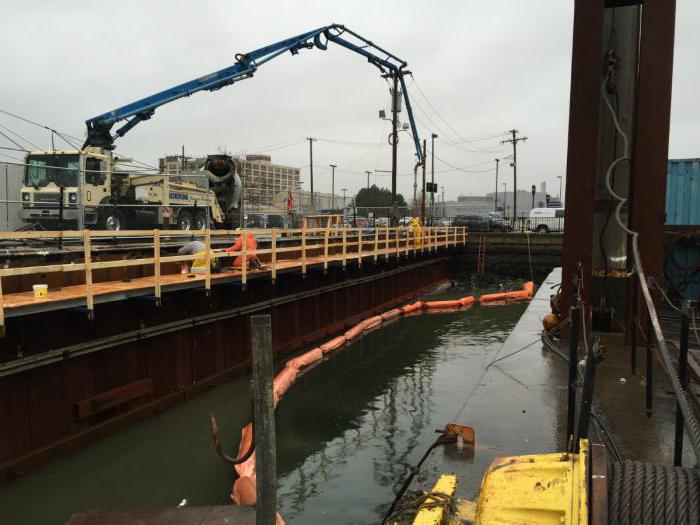
Recent years are characterized by the fact that the cost of construction increases, the reason is the increase in the cost of developing investment and architectural projects. This becomes especially noticeable when considering options for financing housing and office construction.
Use in the construction of private investment
In some conditions, public investments are not attracted, for various reasons, private capital investment is used for the construction and reconstruction of construction projects. There are four main patterns of corporate investment participation:
- entrepreneurial scheme;
- rental model;
- concession system;
- joint state and private cooperation.
The entrepreneurial investment plan is used most often, is transparent and understandable. The return of invested funds is carried out with the start of operation of the commissioned facility in the form of income from the work or economic activity of the facility.
In the rental model, design, development and financing are carried out at the expense of the corporate capital of a private investor. The state built the facilities for this purpose and leases it for their needs by regularly paying leasing at set prices. This is beneficial for users due to fixed tariffs, and investment risks are minimal due to a solid rental fee.
The concession scheme differs from the previous model in that private investor experiencing certain financial risks. They are expressed in variable income, depending on the market demand of the premises. Under this scheme, the state and the private owner establish the terms of the concession, after which the structure becomes the property of the state free of charge.
The combination of private and state capital in the form of cooperation will allow the use of public funds and private investments to create investments in the facility under construction. Such an investment plan involves the creation of a mixed interests group of enterprises. The state reserves the right to use interest in the form of a direct presence, and the private trader hopes for a profitable investment.
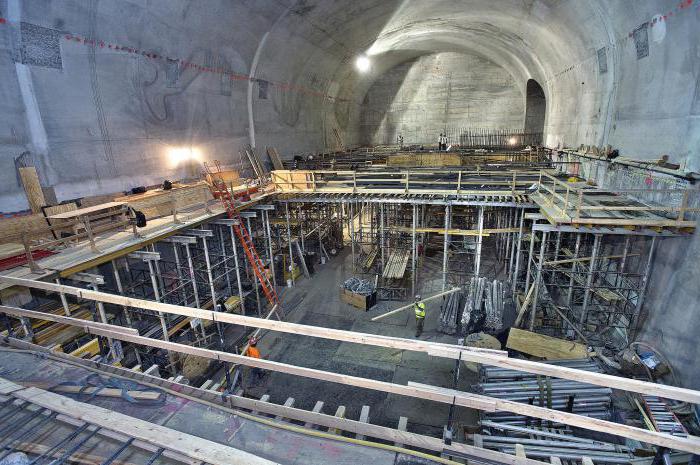
Gosstroy functions
The Gosstroy of Russia is engaged in the consideration and formation of schemes for investing in construction. The organization has the following tasks:
- development and implementation of state installations in the field of financing construction, housing and communal services, architecture, the formation of federal investment management methods in modern economic conditions;
- promoting the formation of partnerships, providing guarantees to workers in investment, construction, housing and communal services;
- coordination of management activities of the constituent entities of the Russian Federation in the field of construction and reconstruction;
- development of regulatory building documents, GOSTs for engineering networks, urban planning, design, overhaul;
- the formation and solution of certain issues in the field of housing, the development of programs for the development of the social field, the communal structure, the development and implementation of the standards by which an estimate for construction is created;
- improving the quality of architectural and design decisions in the field of urban planning and the resettlement of citizens in order to create a full-fledged living environment for the population.
Housing Investing
Houses on the primary real estate market are built mainly through private investment, the contributors are called equity holders. The percentage of such investors from the total volume of investors reaches about 80%. Direct investment in real estate is carried out by those who are going to live in the apartment after the construction is completed. Strategic and direct forms of deposits are called upon to increase the area of the future apartment by several operations, first paying for one-room, then two-room and so on until the desired result is achieved.
The next type of investor invests in the construction of a residential building in order to benefit from the resale of the apartment. The percentage of portfolio investors in the total share of investors is estimated by specialists at 15%, the proportion of people trying to increase their invested capital increases by an average of 1% every year.
Investment in real estate by profitability is compared with work in the financial market. The inertia of the housing market is obvious, for operations it takes a longer time than changing the quotation on the stock exchange. In unfavorable circumstances, the investor will remain with the received real estate in the form of an apartment, and not with impaired shares or other securities.

Office property investment
Financing of this type of construction depends on the forecasts of specialists for subsequent periods. The investment company is betting on new trends in the office square meter market. Owners of small and medium-sized buildings and business centers are under pressure from competitors and prepare the premises for sale, ceasing to rent them out.
After the commissioning of the new construction, tenants and buyers are almost immediately located on office space, especially if they are located in the city center and in business districts. Meeting the demand, office construction takes place in the business center of the city and within a convenient transport interchange. The latest trends are observed in the construction of not only economy-class business centers, but also prestigious Class A centers. The following years will satisfy the most demanding tenants.
Investing in the construction of hotel complexes
Travel business is losing profits from a lack of hotel accommodations. Economic reasons, an unfavorable investment climate in this area lead to the fact that the need for settling people for a short-term period is solved at the expense of owners who rent apartments for daily rent. But the latest market trends have revealed trends when private investment comes to the construction of new modern hotel complexes of all classes from “economy” to “prestige”. Most willingly, investors give money to inexpensive hotels, while the demand for such rooms increases sharply due to the combination of security, adequate price and quality service.
Business plan concept
The business plan is a systematic official document representing the rationale for the implementation of the investment project in the presented version. Included in the package of papers describing the essence of the investment system.Officially appointed persons, who directly depend on the choice of an investor, receive many business plans as part of the design documentation for investment in construction.
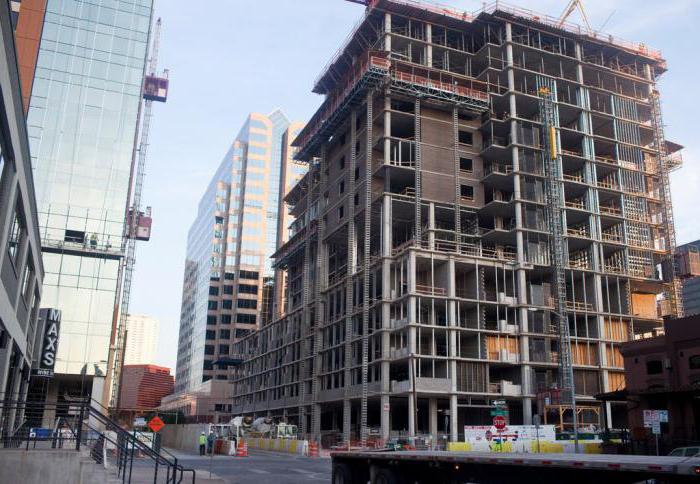
The development of a business plan occurs in accordance with certain rules:
- a business plan drawn up in accordance with all the rules is a working document informing about the implementation of ideas that will interest potential investors;
- an investment company that has carefully thought out and developed a plan in a good way, shows professional training in the field of construction and determines the first impression of investors about the project and investment prospects;
- the plan helps to effectively monitor project implementation;
- the plan includes a detailed justification of certain events, makes developers already at the first stage critically evaluate the selected actions, calculate indicators, and timely remove errors and miscalculations that have arisen.
The business plan is developed according to the generally accepted system. Its working structure is described in the form of a layout plan. The composition of the sections is presented and the information contained in each section is characterized.
The nature and types of investment risks
Investment risks are the dangers of depreciation of the contribution to the construction, reduction and complete loss of its initial value as a result of unprofessional actions by the management of the construction organization or government bodies. The drafter of the investment project first of all draws attention to the risk, and then reveals the potential income. Projects with the prospect of high returns tend to have high degrees of risk. Investment risks are classified:
- a systemic group of risks arises under the influence of external factors of the market economy and is an integral component of any activity related to investment, it includes inflation, political conflicts, currency fluctuations and others;
- non-systemic risks are pursued by private investment due to industry, credit and business risks of one particular instrument or investor; to minimize them during the implementation of the project, they change their strategy using rational management;
- inflation risk is caused by an unpredictable increase in inflation, has a negative impact on the size of real profit, the value of assets decreases, predicted profitability is not achieved, this type of risk is directly related to changes in interest rates.

Ways to minimize risks
Investments in construction are subject to various types of risks timely assessment of the risky contribution, analysis of financial instruments help to establish the optimal balance between risks and the profitable part of the project. Various methods are used to minimize risks, for example, investing in foreign assets, lowering the volume of credit funds intended for deposit.
To reduce risk lost profits construction estimates are carefully monitored and checked, shares are insured futures contracts type. The risk of lower liquidity is reduced when using the most tested shares with high liquidity of well-known companies. Operational risks are reduced by careful selection of a professional contractor.
Investment companies in the modern construction market
The new system of credit and financial forms was developed in the post-war period, before the war, only certain manifestations of investment companies were noted. To attract finance, companies become issuers of securities, and then money is invested in the purchase of financial instruments of other companies or corporations.
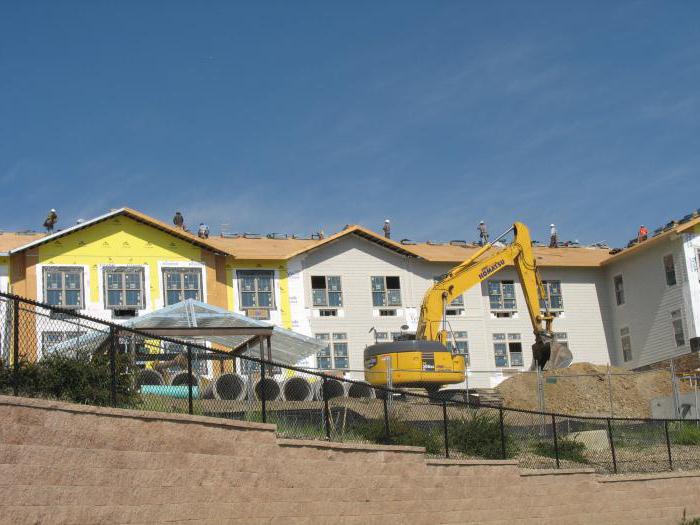
Open-type investment companies are classified as a system of mutual funds, issue valuable documents in small, even portions, attracting capital gradually, and count on attracting new buyers. Constant sale of shares allows you to purposefully increase investment.
The closed type of companies issues the required volume of shares immediately in full. New buyers are not attracted, valuable documents can only be purchased from old buyers.
In conclusion, it should be noted that capital construction in our country is developing rapidly. Investors, investing in the construction of economic and other facilities, receive good benefits. If the basis of financing is a correct assessment of risks and anticipated profits, then a public or private company will benefit from investing in construction.








